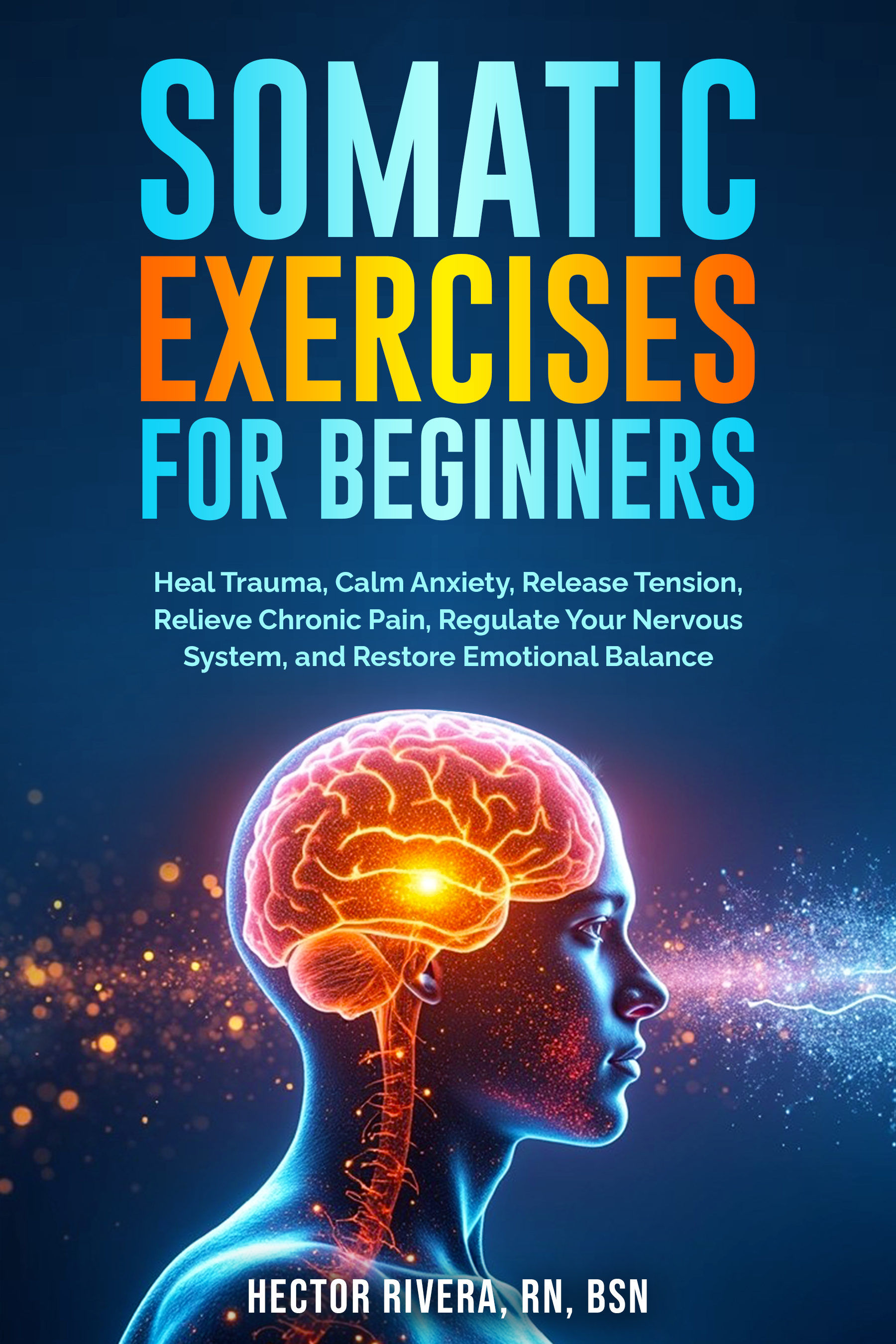What Are Somatic Exercises? A Practical Guide to Getting Started

What Are Somatic Exercises?
If you’ve been wondering, “What are somatic exercises?” They can be best understood as gentle, intentional movements that help you tune into your body, release built-up tension, and navigate daily life with greater comfort and ease. Whether you’re working through stress, recovering from an injury, or simply seeking to feel more present, somatic exercises offer an adaptable and down-to-earth approach to caring for your body and mind.
This approach builds on the idea that your mind and body are closely interconnected. Stress, trauma, and the fast pace of everyday life can quietly create muscle tension and restrict your breathing, sometimes so gradually that you don’t notice. Somatic exercises help interrupt those patterns, giving your body a chance to release what it’s been holding and return to a more natural state of ease.
Why They Matter
Most people spend their days in constant motion—working, planning, handling responsibilities—without much pause to check in with how they feel physically. Even during rest, the body often stays tense. You might notice tight shoulders, a stiff jaw, or trouble sleeping.
Somatic exercises provide a way to slow down and become aware of what’s happening inside. You start to feel small shifts, such as your breathing becoming deeper, your steps feeling lighter, or your posture becoming more relaxed. Over time, this awareness can help you move more freely, reduce strain, and manage stress in a lasting way.
How They Work
Somatic exercises retrains your nervous system by combining slow, mindful movement with steady breathing and focused attention. Instead of pushing through reps or chasing a perfect form, you explore how a movement feels from the inside.
For example, you might:
Roll your shoulders slowly, pausing to notice where tension sits.
Take a leisurely walk, paying attention to the way your feet meet the ground.
Stretch your arms overhead, noticing how your ribs and spine respond.
The pace is unhurried. That mindful approach—moving with awareness instead of rushing—is what makes somatic exercises different from traditional workouts. It’s not about calorie burn or muscle gain (though you may get those benefits). It’s about helping your body remember how to move comfortably, without unnecessary strain.

Different Types of Somatic Exercises
Somatic exercises are important because they support both everyday life and overall well-being. These gentle, body-based practices help release tension, improve awareness, and bring more ease into how you move and feel. Whether you’re looking to reduce stress, improve posture, or simply connect more deeply with your body, somatic exercises offer accessible ways to create lasting change.
Visit this page to explore the different types of somatic exercises and discover which approaches resonate most with you.
There’s no single “right” way to practice. Somatic work comes in many forms, and you can try one style or mix a few.
If you’re new to this, you may also want to read our List of Somatic Exercises page.
Getting Started
You don’t need special gear or a lot of time. You can complete some of the most effective somatic exercises in just a few minutes, right at home. .
Tips for starting:
Begin with short sessions—2–3 minutes is enough.
Select a quiet spot where you feel at ease.
Move slowly and pay attention to the details.
Stop or adjust if something doesn’t feel right.
Pause afterward to notice how you feel.
It can be helpful to set a simple intention, such as “I’m going to notice my breath” or “I want to loosen my shoulders.”
Benefits You Might Notice
With regular practice, changes can show up in both body and mind:
Less muscle tightness
Better posture and balance
Lower stress levels
Clearer body awareness
A calmer, more grounded presence
These changes often occur gradually, so consistency is more important than intensity.
Safety Notes
If you’re dealing with chronic pain, past trauma, or a medical condition. In that case, you may want to talk with a healthcare provider or work with a somatic therapist as you begin. While somatic exercises are generally gentle, they can sometimes stir up unexpected emotions or sensations.
Everyday Practice
You don’t have to carve out a full hour to reap the benefits. The real power is in weaving small moments into your day:
Take a slow breath before opening your inbox.
Stretch lightly after you wake up.
Roll your shoulders while you wait for your coffee or tea.
These simple pauses help you stay connected to your body, even when life gets busy.
Extra Tip for Deeper Results
To get the most out of somatic work, consider pairing it with a brief reflection afterward. Take a minute to jot down what you noticed—maybe a spot that felt looser, a shift in your breathing, or a sense of calm you didn’t have before. Over time, these small notes accumulate to form a personal record of your progress. They can help you spot patterns in how your body responds to different exercises.
Putting It Into Practice
Once you start asking, "what are somatic exercises?", the best way to learn is by experiencing them yourself. Begin small, experiment with different approaches, and notice what feels supportive. The more you practice, the more you’ll sense changes in your body and the way you move through your day. In many ways, that growing awareness becomes the true answer to "what are somatic exercises?"—a living process of listening, learning, and creating lasting change.
Links to Other Pages
What is the Feldenkrais Method?
What is The Alexander Technique?
What is Somatic Experiencing?
- Feldenkrais Guild of North America – Information on the Feldenkrais Method and its use of gentle, mindful movement for awareness and coordination.
- Alexander Technique International – Resources on posture, tension release, and mindful movement.
- Clinical Somatic Education (Hanna Somatics) – Guidance on releasing chronic muscular contractions through slow, conscious movement.
- Somatic Experiencing® Trauma Institute – Background on somatic approaches for nervous system regulation and trauma release.
- Jon Kabat-Zinn, Mindfulness-Based Stress Reduction (MBSR) – Research and practices on body scans and mindful awareness.
- Edmund Jacobson’s Progressive Muscle Relaxation (PMR) – Foundational work on tension-and-release practices for relaxation.
- National Institutes of Health (NIH) / PubMed – Studies on yoga, breath-based practices, and somatic approaches in stress reduction and trauma recovery.
- Peter Levine, Waking the Tiger: Healing Trauma – Insights into somatic work as a pathway to releasing stored trauma.
- Thomas Hanna, Somatics: Reawakening the Mind’s Control of Movement, Flexibility, and Health – Foundational text introducing Hanna Somatics.
- Bessel van der Kolk, The Body Keeps the Score – Research on body-based practices in trauma healing and nervous system regulation.
Return to the Home Page
Medical Disclaimer: The information on this website is for educational purposes only and is not a substitute for professional medical advice, diagnosis, or treatment. Always consult a qualified healthcare provider with any questions you may have about your health or a medical condition. Never ignore professional medical advice or delay seeking it because of something you have read here.

